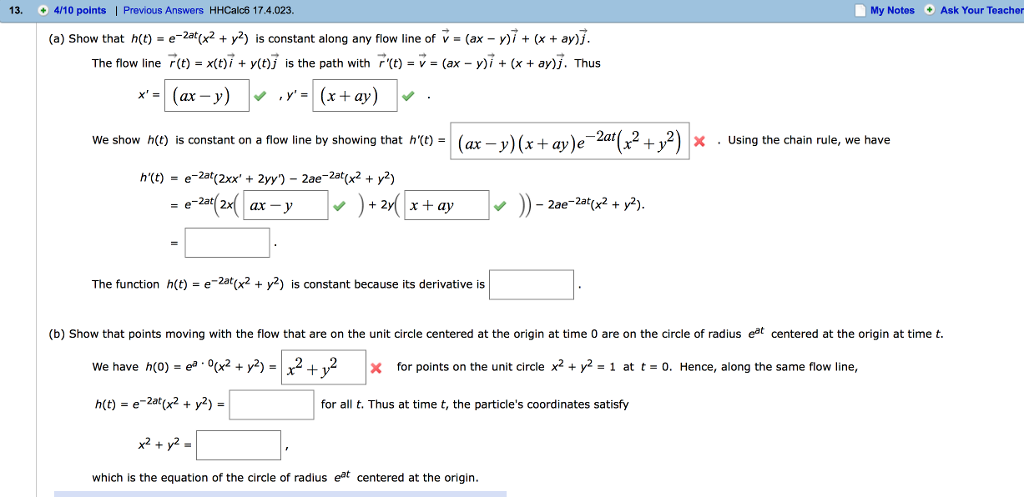Rebustar Kazaksha Zhauabimen

Write something about yourself. No need to be fancy, just an overview. No Archives Categories. Jul 4, 2018 - Kazaksha rebus zhauabymen rebus kazaksha zhauabmen photos no data Size: 11.16 Mb Jumbaktar. Rebustar kazaksha zhauabimen photo.
Contents • • • • • Origin and history [ ] Although the Ottoman armies always contained adventurers as well as regular soldiers, the strain on the Ottoman caused mainly by the Empire's wide expanse required heavier reliance on irregular soldiers. They were armed and maintained by the government, but did not receive pay and did not wear uniforms or distinctive badges. They were motivated to fight mostly by expectations of. Bsa airsporter serial numbers3305100. Though the majority of troops fought on foot, some troops (called ) rode on horseback.
Because of their lack of discipline, they were incapable of undertaking major military operations, but were useful for other tasks such as reconnaissance and outpost duty. However, their uncertain temper occasionally made it necessary for the Ottoman regular troops to disarm them by force. The Ottoman army consisted of the following: • The Sultan's household troops, called, which were salaried, most notable being corps. • Provincial soldiers, which were fiefed (Turkish ), the most important being Timarli (lit. 'fiefed cavalry') and their retainers (called cebelu lit. Armed, man-at-arms), but other kinds were also present.
• Soldiers of subject, protectorate, or allied states (the most important being the Khans) • Bashi-bazouk usually did not receive regular salaries and lived off loot. An attempt by to disband his Albanian bashi-bazouks in favor of his regular forces began which led to the establishment of 's. Their use was abandoned by the end of the 19th century. However, self-organized bashi-bazouk troops still appeared later.
The term 'bashibozouk' has also been used for a mounted force, existing in peacetime in various provinces of the Ottoman Empire, which performed the duties of. [ ] Reputation and atrocities [ ]. The bashi-bazouk were notorious for being violently brutal and undisciplined, thus giving the term its second, colloquial meaning of 'undisciplined bandit' in many languages. A notable example of this use is in the comic series, where the word is often used as an expletive. The (1876) was carried out by thousands of bashi-bazouks sent to quell a local rebellion. Likewise, the bashi-bazouks perpetrated the in 1914. (1877) by is a painting depicting the rape of two Bulgarian women in a church by one African-looking and two Turkish-looking bashi-bazouks, during the.
See also [ ] • •, irregular horsemen in 18th-century India References [ ].